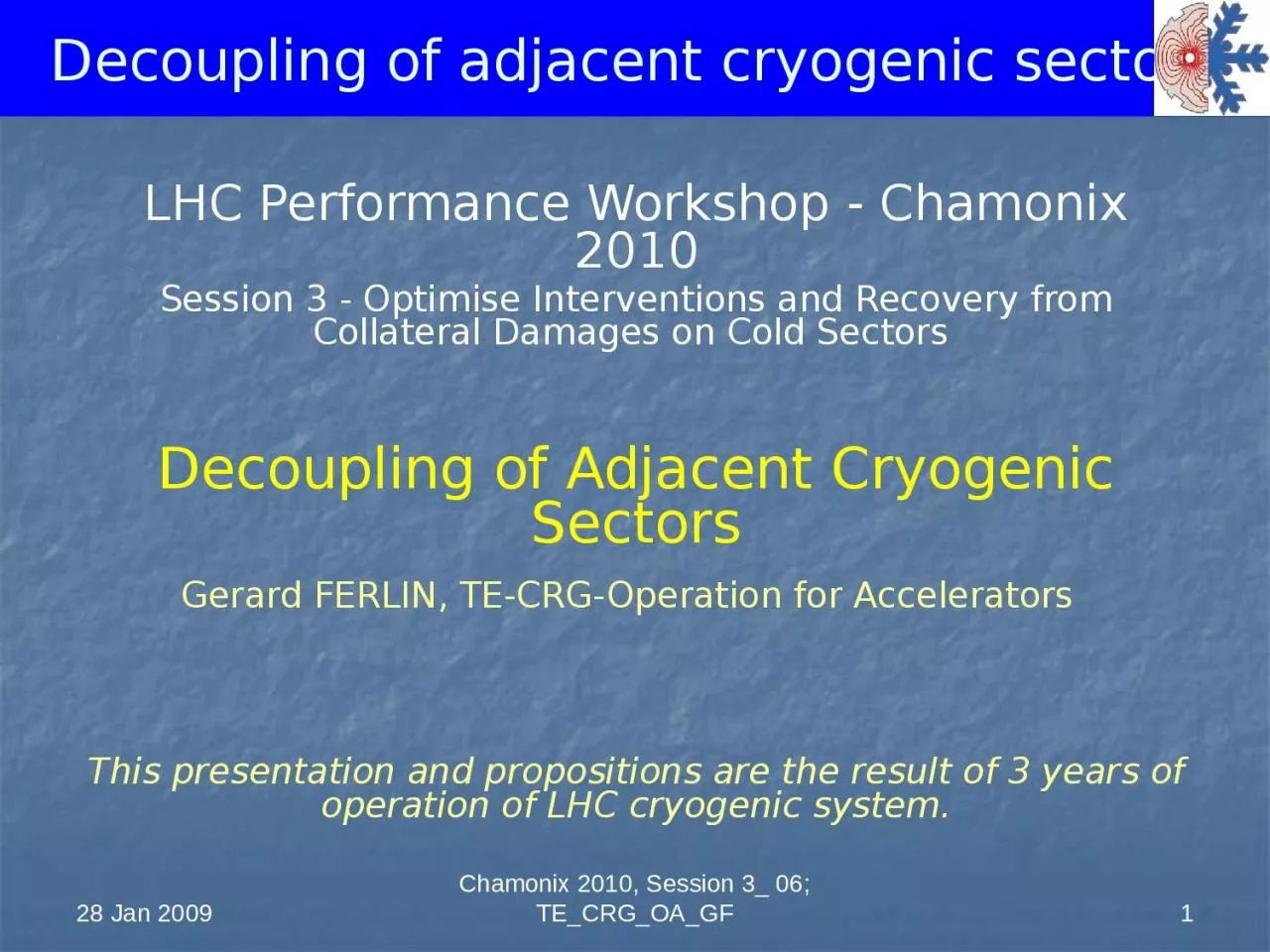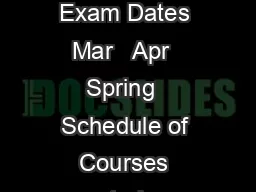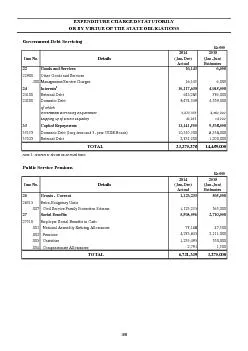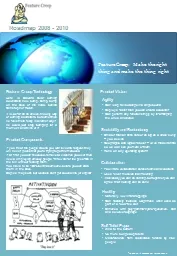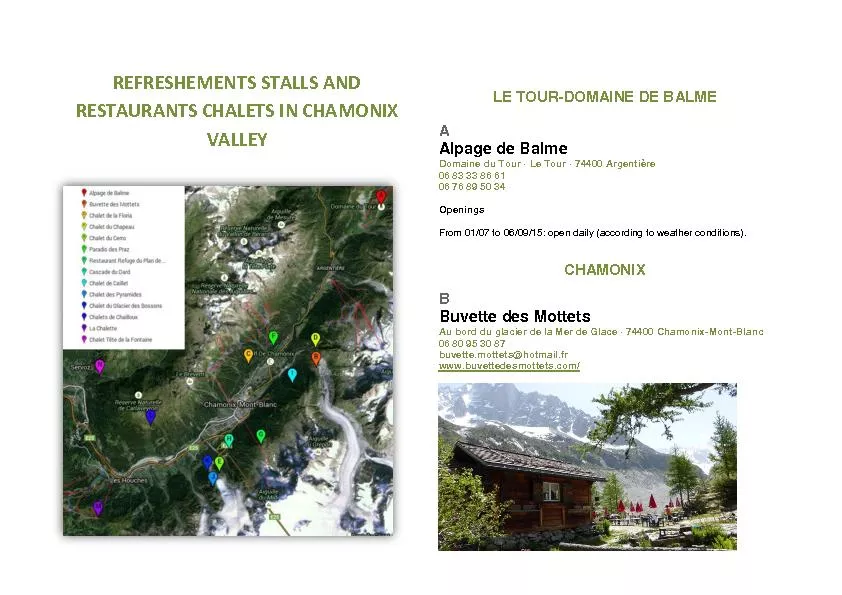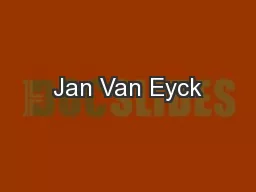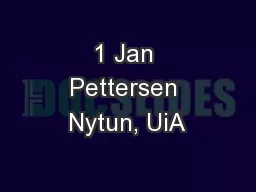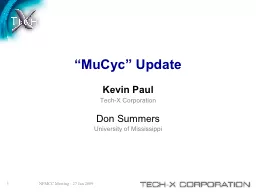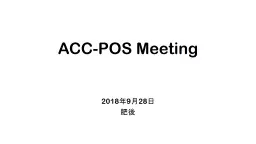PPT-28 Jan 2009 Chamonix 2010, Session 3_ 06; TE_CRG_OA_GF
Author : LifeOfTheParty | Published Date : 2022-08-04
1 LHC Performance Workshop Chamonix 2010 Session 3 Optimise Interventions and Recovery from Collateral Damages on Cold Sectors Decoupling of Adjacent Cryogenic
Presentation Embed Code
Download Presentation
Download Presentation The PPT/PDF document "28 Jan 2009 Chamonix 2010, Session 3_ 06..." is the property of its rightful owner. Permission is granted to download and print the materials on this website for personal, non-commercial use only, and to display it on your personal computer provided you do not modify the materials and that you retain all copyright notices contained in the materials. By downloading content from our website, you accept the terms of this agreement.
28 Jan 2009 Chamonix 2010, Session 3_ 06; TE_CRG_OA_GF: Transcript
Download Rules Of Document
"28 Jan 2009 Chamonix 2010, Session 3_ 06; TE_CRG_OA_GF"The content belongs to its owner. You may download and print it for personal use, without modification, and keep all copyright notices. By downloading, you agree to these terms.
Related Documents

